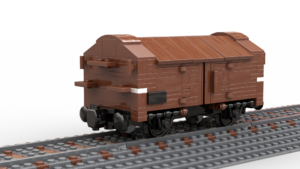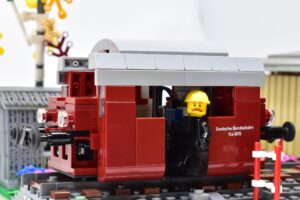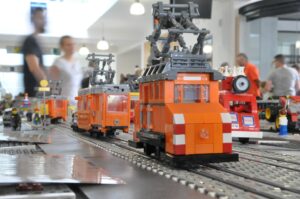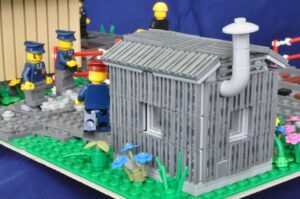Tag: 1940s

Lidded gondola / Klappdeckelwaggon K06 Bauart Wuppertal
By Detlef

German battery powered small locomotive Ka 4015 (381 101-5)
By Thomas Reincke

Tramway Railgrinder Aachener Straßenbahn TSS 1
By Thomas Reincke

German quonset hut
By Thomas Reincke

